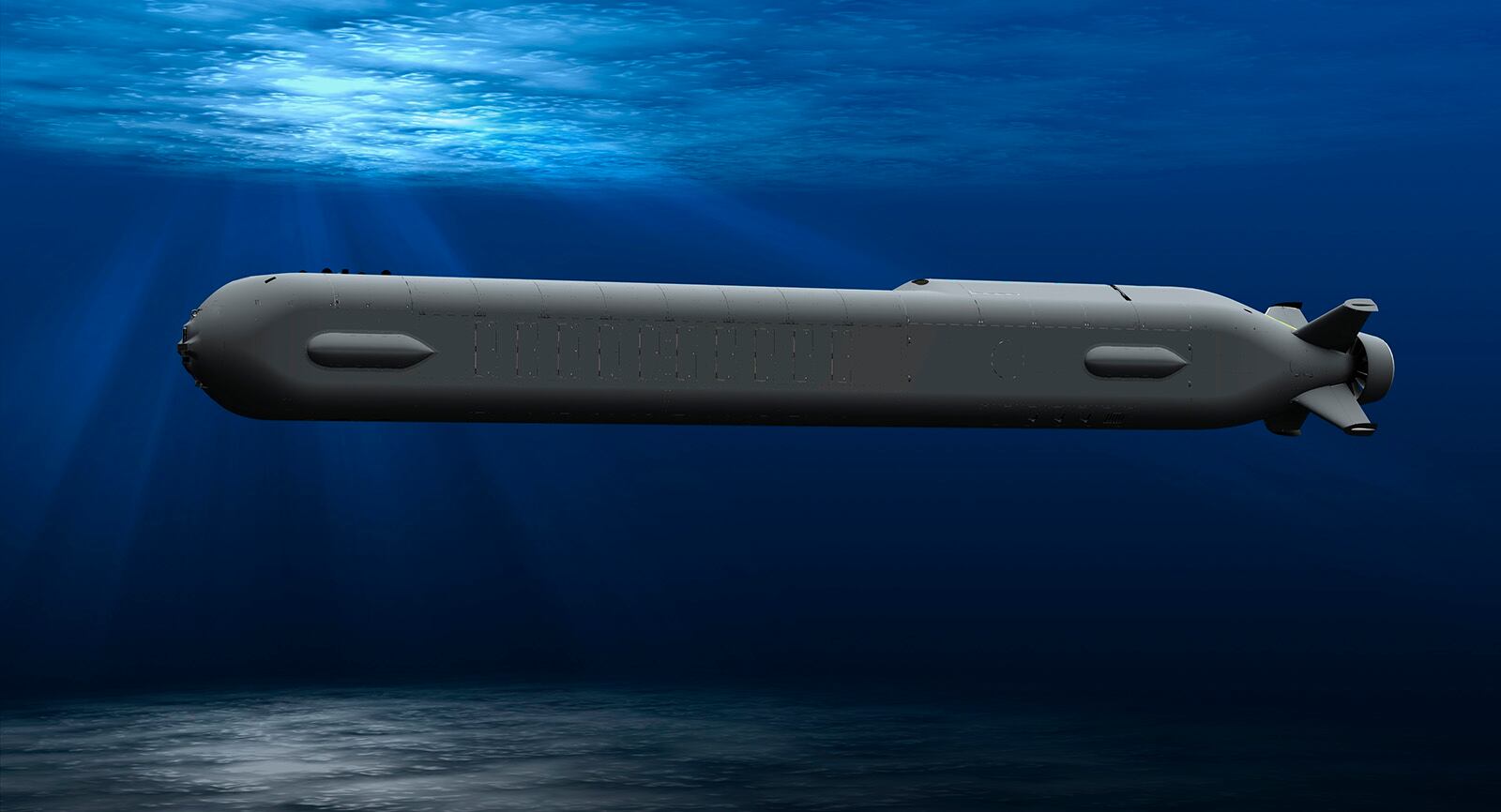To counter expected adversary anti-access/area denial strategies, U.S. naval forces will face significant challenges resupplying dispersed units under emerging distributed operations concepts, particularly in the large geographical distances of the Western Pacific. Future Marine littoral regiments, for example, will require layers of manned and unmanned vessels capable of moving personnel and materiel in decentralized operations to complicate enemy decision-making and targeting. Naval leaders have made clear such decentralized resupply of small, but lethal, expeditionary teams is key to defeating anti-access/area denial threats.
With the Department of the Navy already challenged to affordably build and sustain a larger combat fleet, designing, buying and commissioning significant numbers of purpose-built craft solely for this purpose is not ideal. Rather, the Navy should look to adapt fleets of scaled derivative versions of existing or planned naval craft types — particularly those which can be unmanned or optionally manned for specific missions. This option provides the Navy with a greater breadth of capabilities at a more affordable cost.
A future fleet of unmanned logistical connectors can leverage existing and planned programs of record. The technology already exists to optionally man or unman such vessels. Appropriately scaled and tailored derivatives of these vessels would conduct logistical cargo missions when required, in addition to performing the existing vital functions the craft already carry out for the fleet. The unmanned logistics fleet would be a necessary adjunct to larger planned manned assets, such as a next-generation light amphibious warship.
Naval planners will have to strike a balance between size, capability and affordability. However, even with a lower cost, the vessels must still be large and flexible enough to be capable of performing multiple missions with different payloads. The resulting craft should also be able to reliably operate autonomously over a wide range of environmental conditions at significant distances, have a light logistics footprint and possess sufficient cargo-carrying capacity.
Rather than a homogeneous unmanned cargo fleet, the Navy could instead utilize several derivatives of existing vessels it already operates or has planned, which will ease any additional maintenance or training burden. Marines operating in the wide-open spaces of the Western Pacific might, for example, use larger variants capable of hauling cargo over greater distances, while units in other geographic locations are equipped with smaller versions more appropriate for their specific environments. The ability to repurpose multiple craft types would allow a more diverse fleet composition of manned and unmanned vessels teamed for mission-tailored flexibility.
Moreover, craft that can accommodate interchangeable payloads would also be available to naval planners for additional missions. For example, the vessels could be equipped with a variety of intelligence, surveillance and reconnaissance sensors to improve fleet situational awareness while also performing the cargo resupply missions.
Buying scaled derivatives of existing program craft will bring additional benefits, including cost savings through economies of scale for acquisition, while minimizing any upfront developmental costs, as hull forms, key components and systems largely already exist. Moreover, because much of the basic systems and components will be common, training, maintenance and repair functions can be streamlined, adding yet more savings over the vessels’ life cycles.
Likewise, the technologies for unmanning and optionally manning are well along in their development, while autonomous behaviors and autonomy technologies developed for other programs can be reused rather than having to be created anew. For example, autonomous behaviors and control technologies developed for unmanned aircraft systems can be leveraged for naval applications, while similar autonomy technologies for unmanned ground vehicles are also progressing.
RELATED

Within the naval domain, experimentation such as Advanced Naval Technology Exercise 2019 and Exercise Citadel Shield-Solid Curtain earlier this year have already demonstrated that unmanned surface vessels can autonomously station keep, navigate around obstacles, protect high-value assets and conduct other necessary core functions. As autonomy technologies further develop, unmanned naval craft of the size and complexity envisioned for logistics and cargo hauling will be able to add new missions and functionality.
Longer term, delivery of logistical payloads to Marines on a beachhead can be done completely with unmanned platforms. For example, small to medium robotic ground vehicles loaded with supplies could be carried by one of these unmanned logistical craft. Rather than Marines exposing themselves to hostile fire while unloading supplies on the beach, robotic ground vehicles or aerial drones disembark from the vessels and deliver cargo directly to the Marines in a more secure location. Such vehicles need not be fully autonomous, but rather could be partially autonomous or remotely operated from the security of the protected location.
While many details of this concept require further exploration and refinement, conducting experimentation to bring truly multidomain capabilities to bear on the resupply challenge is a worthy endeavor. Getting these and related technologies into the hands of sailors, Marines and other U.S. forces to test and refine will be the quickest and most fruitful way to develop the new concepts and field the necessary capabilities.
Wayne Prender and David Phillips are senior vice presidents at Textron Systems.








